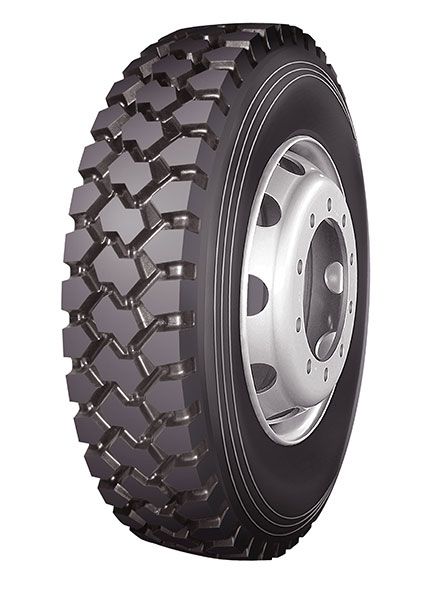> Products > Mixed Service On&Off Tyre > LM/R/SC 305

LM/R/SC 305
Puncture-resistant formula design
Wheel Positions
 Recommended
Recommended
 Allowed
Allowed


Product Technical Parameters
| Tire specification | Ply | Load Index | Load(kg | Air Pressure(kpa) | Speed Level | Measured rims | Allowable rims | New tire tread depth(mm) | Driving surface width(mm) | New tire designed size(mm | |||
| Single Tire | Double Tire | Single Tire | Double Tire | Section width | Outer diameter | ||||||||
| 295/80R22.5 | 18 | 152/149 | 3550 | 3250 | 900 | 900 | J | 9.00 | 8.25 | 22 | 246 | 298 | 1050 |
| 11R22.5 | 16 | 148/145 | 3150 | 2900 | 850 | 850 | J | 8.25 | 7.5 | 25 | 205 | 279 | 1054 |
| 12.00R24 | 18 | 158/155 | 4250 | 3875 | 830 | 830 | F | 8.5 | 9.5, 8.50V | 31.5 | 240 | 315 | 1238 |
| 12.00R24 | 20 | 160/157 | 4500 | 4125 | 900 | 900 | F | 8.5 | 9.5, 8.50V | 31.5 | 240 | 315 | 1238 |
| 315/80R22.5 | 20 | 156/150 | 4000 | 3350 | 860 | 860 | J | 9.00 | 9.75 | 22 | 230 | 312 | 1076 |
How to maintain LONGMARCH 305 Tires?
Check tire pressure regularly: Maintaining the correct tire pressure is important for the performance and life of the tire. Incorrect tire pressure not only affects the vehicle's fuel efficiency and handling, but can also cause uneven tire wear or damage. Tire pressure should be checked and adjusted regularly according to the manufacturer's recommendations.
Check tire wear: Regularly inspect the tire surface for abnormal wear, cracks or other damage. Pay special attention to the tire's tread depth, as too low a tread depth can reduce the tire's grip on slippery roads and increase the risk of skidding.
Rotate tires: In order to evenly distribute tire wear, it is recommended to rotate tires every 5,000 to 8,000 kilometers. This helps extend the overall life of the tire and maintain the optimal performance of the vehicle.
Keep it clean: Wash the tires frequently, especially after driving on unpaved roads, to remove stones, mud and other debris embedded in the tread. This prevents these foreign objects from causing damage to the tire and helps to find possible cuts or puncture points.
Avoid excessive loading: Follow the vehicle manufacturer's guidelines for maximum load weight. Overloading puts extra stress on the tires, leading to accelerated wear and even the risk of a blowout.